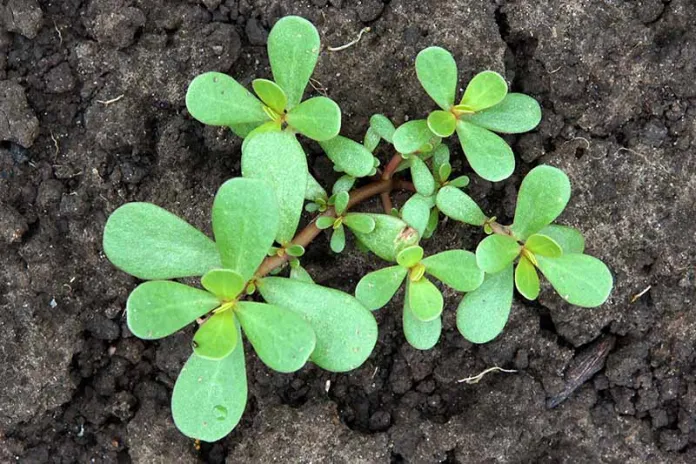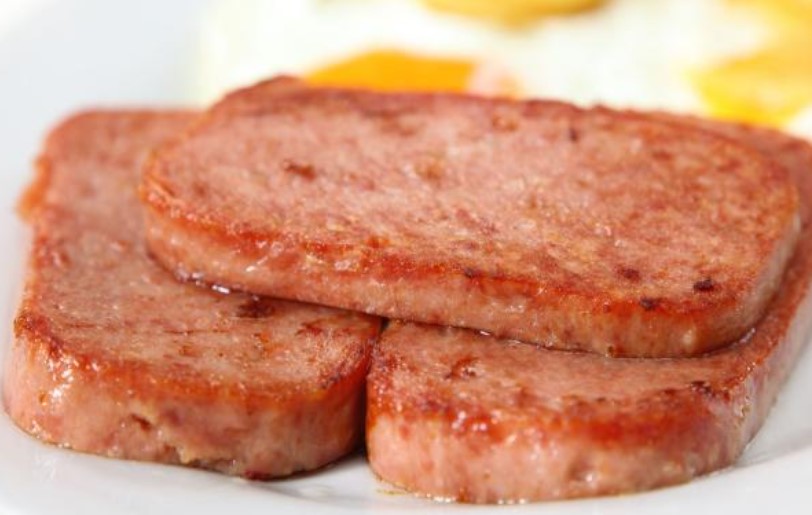Scientifically called Portulaca oleracea, purslane is a herb native to Asia that is grown all over the world. This plant, which is sometimes written off as a weed, is actually quite healthy in addition to being edible. Purslane is packed with health advantages, including antioxidants, minerals, omega-3 fatty acids, and healthy plant components.
Rich in beta-carotene, which gives its stems and leaves their red color, purslane functions as an antioxidant by scavenging free radicals from the body, potentially decreasing the risk of cancer.

Furthermore, it supports cardiovascular health because it has the greatest known concentration of omega-3 fatty acids among plants that grow on land.
Purslane is also a great provider of calcium and magnesium, two minerals that are necessary for strong, healthy bones. You can greatly improve your general health by adding purslane to your diet.

Purslane, sometimes called pusley, pigweed, small hogweed, fatweed, and so on, is primarily composed of water, with a flavor like to spinach. It can be eaten raw or cooked, and its juicy and crunchy texture makes it a great complement to soups, salads, and stews.
Purslane is incredibly versatile; it grows well in hot, dry climates and low-maintenance landscapes. It thrives easily in harsh environments and has even been known to sprout in cracks in sidewalks. The plant’s extensive root system, in spite of its resistance, is essential for enhancing soil quality and halting erosion. This implies that purslane improves soil stability and fertility in addition to making your garden seem beautiful.
Purslane has several benefits, but the US Department of Agriculture considers it a “noxious weed,” which means that in some areas it cannot be grown or is prohibited.
Purslane draws beneficial insects to your garden in addition to being a great supplement to your diet. Among the pollinators attracted to its stunning blossoms are bees and butterflies.
Purslane appears to be the ideal plant that would offer value to both your garden and diet.
H/T : worthyshared.com



